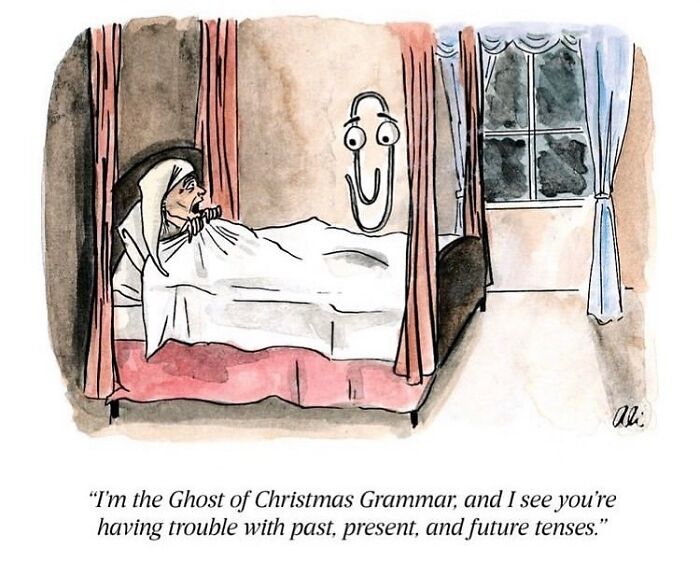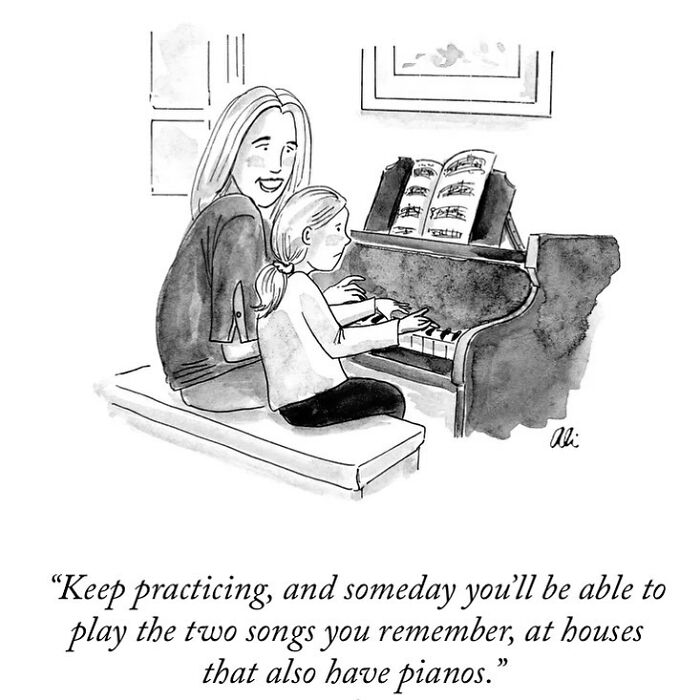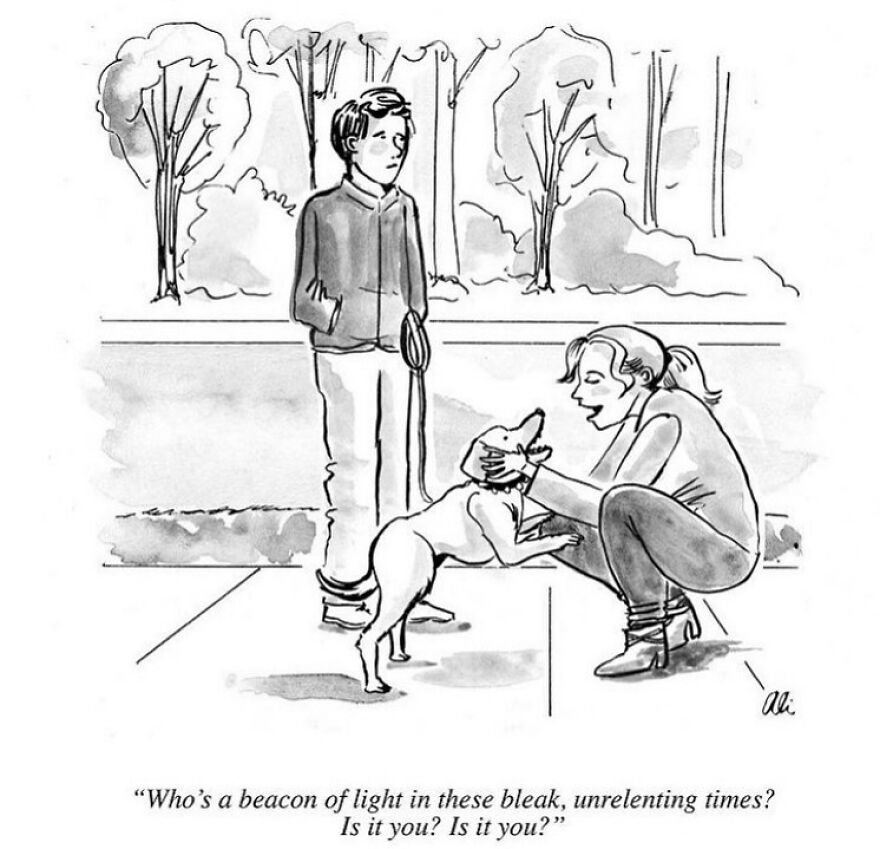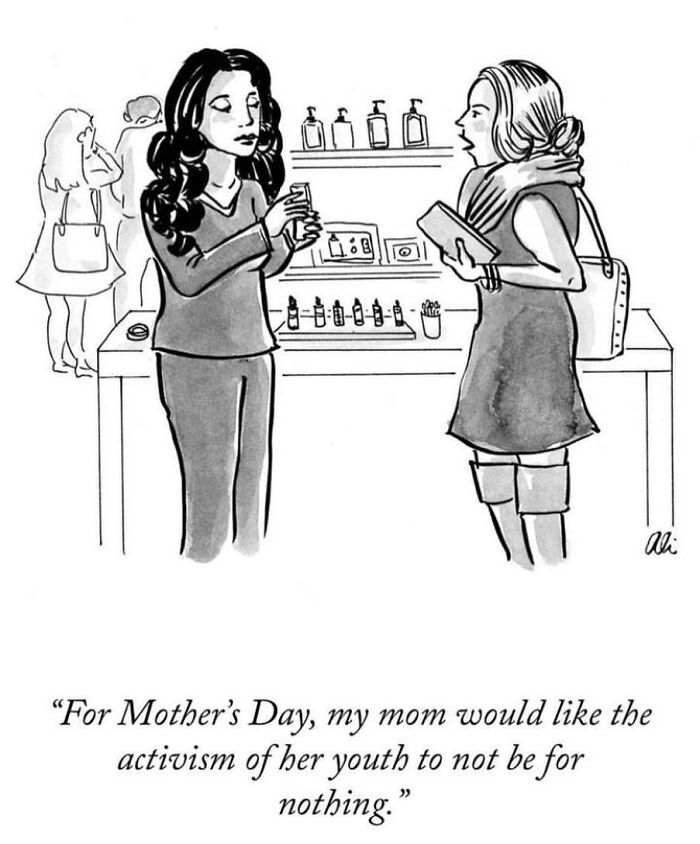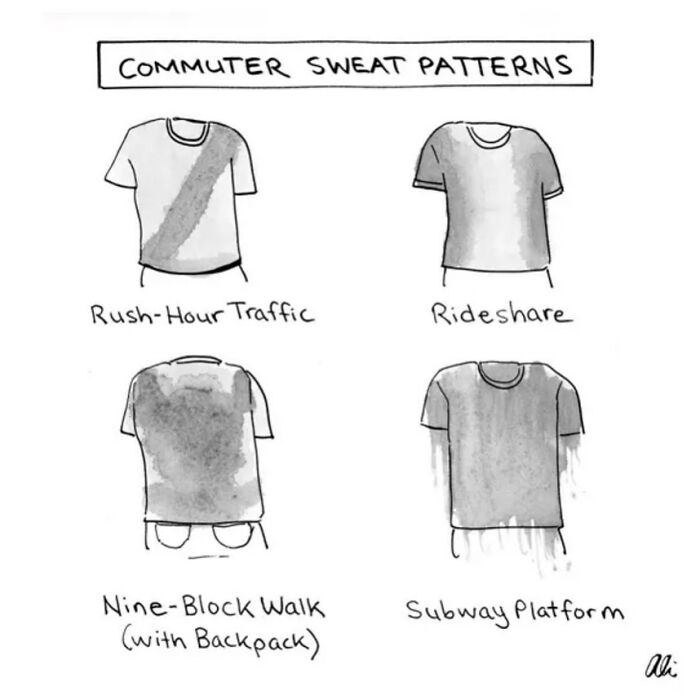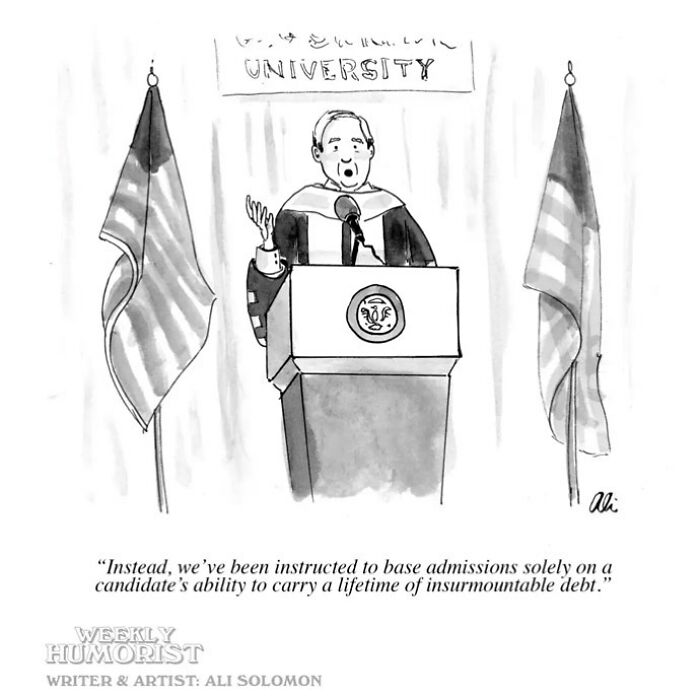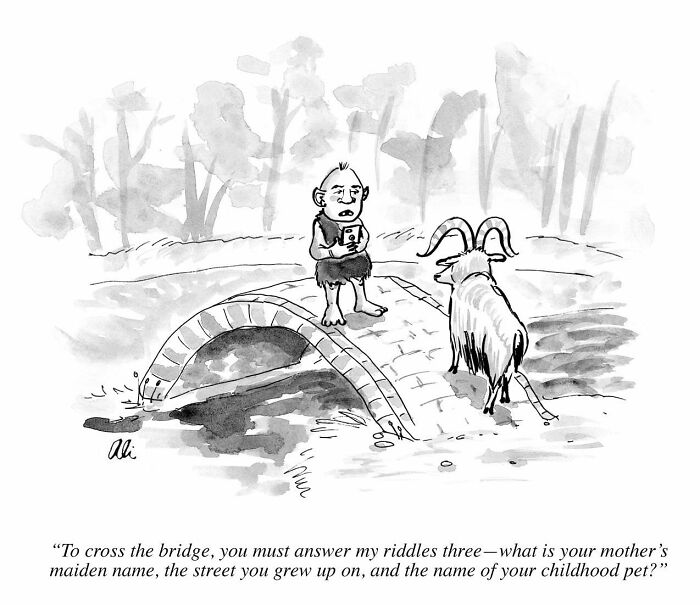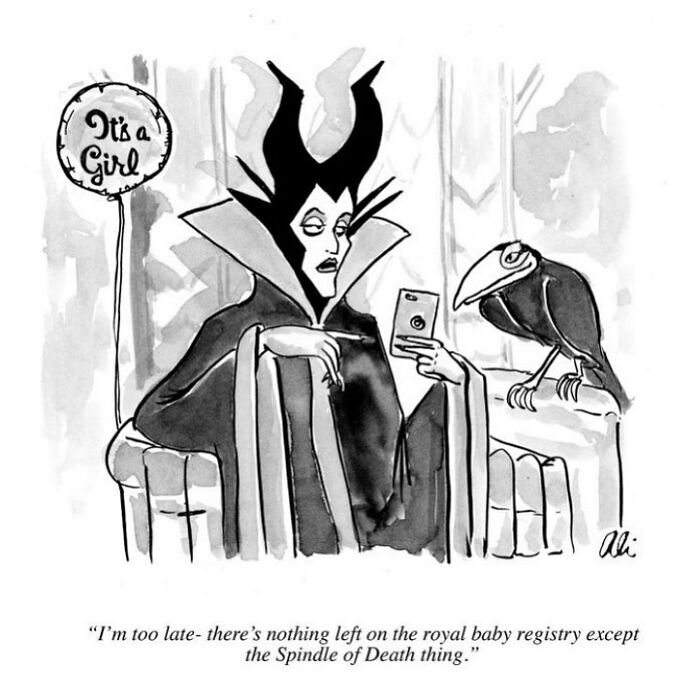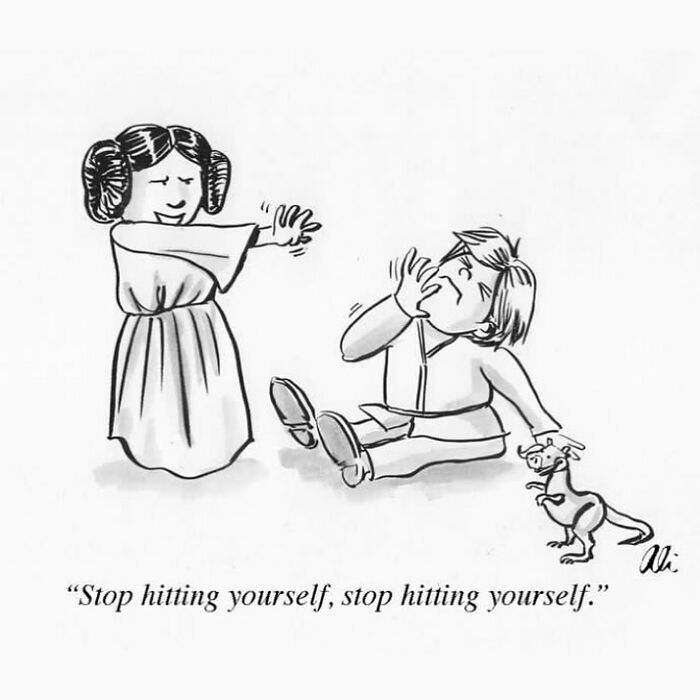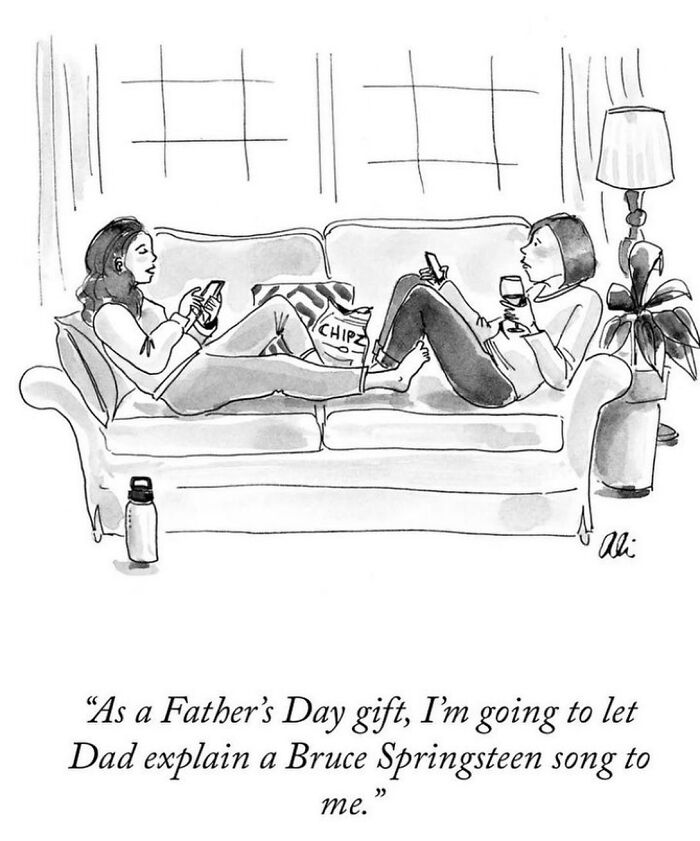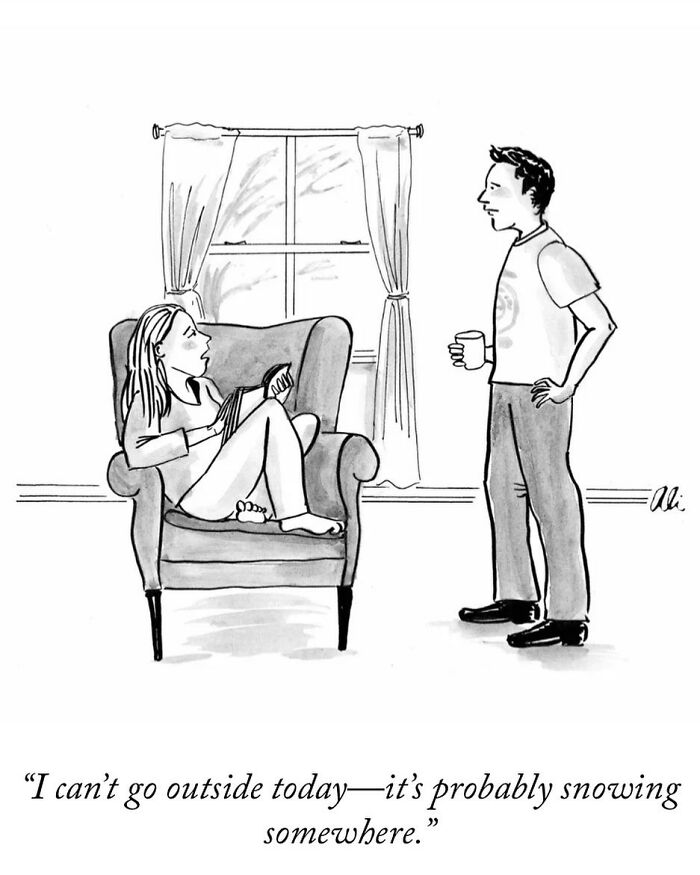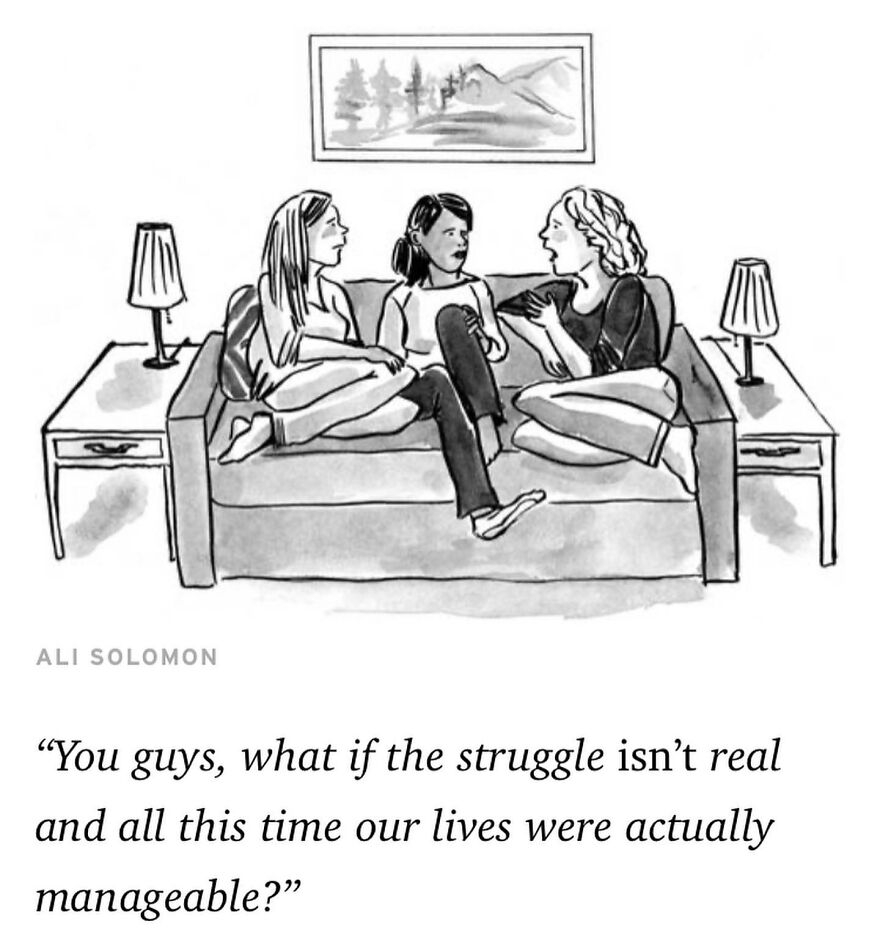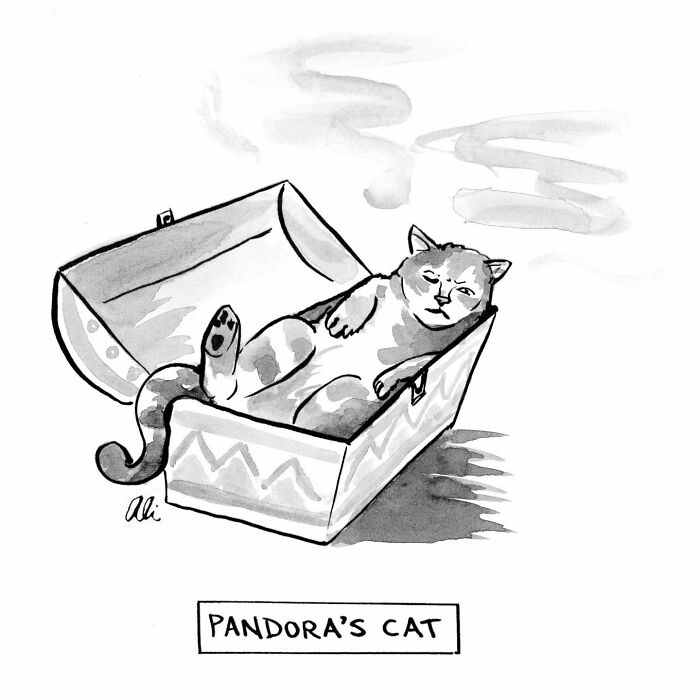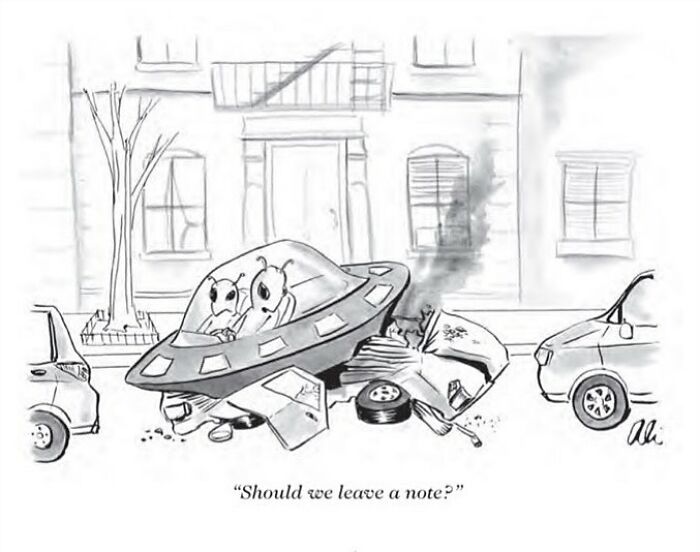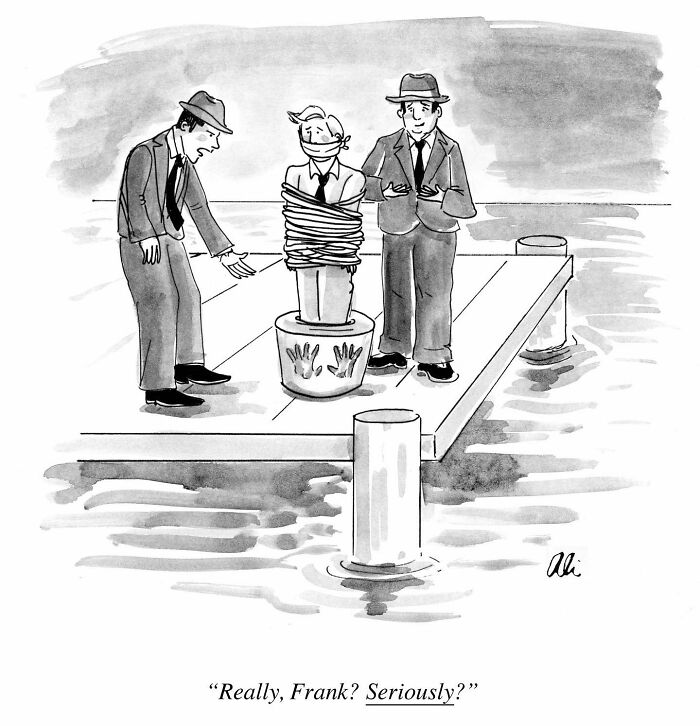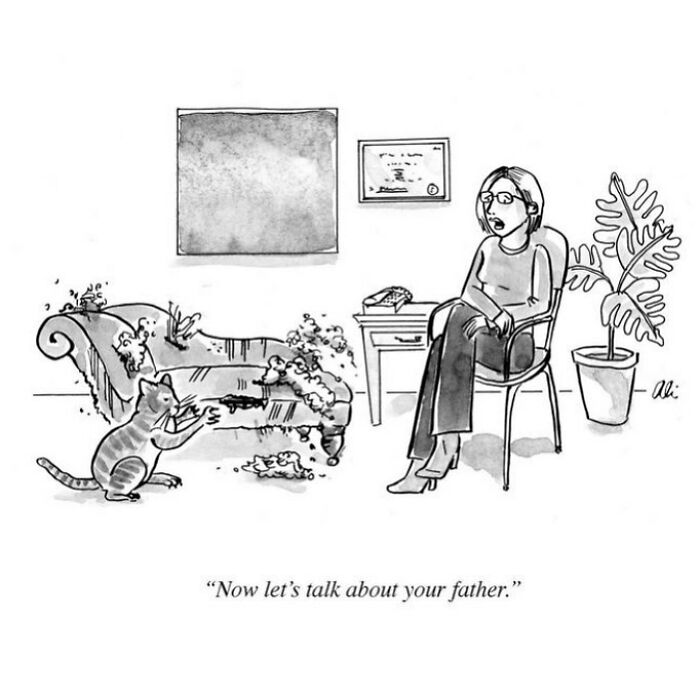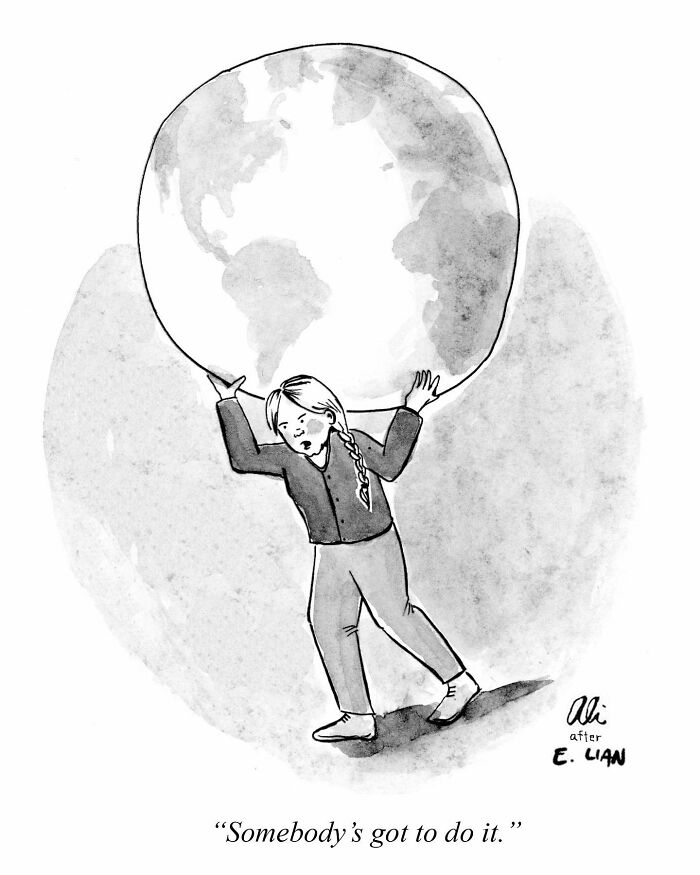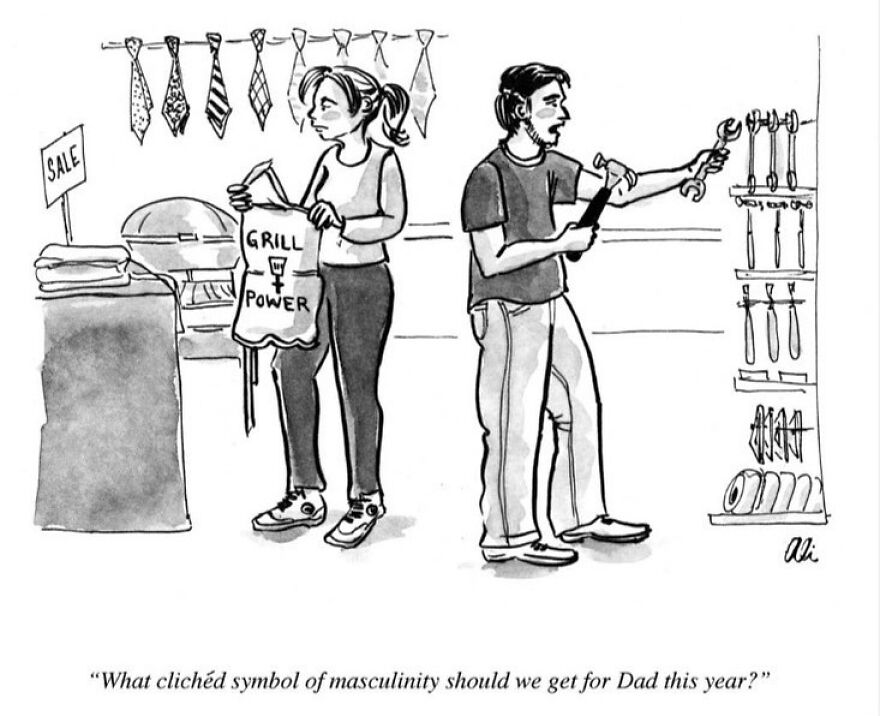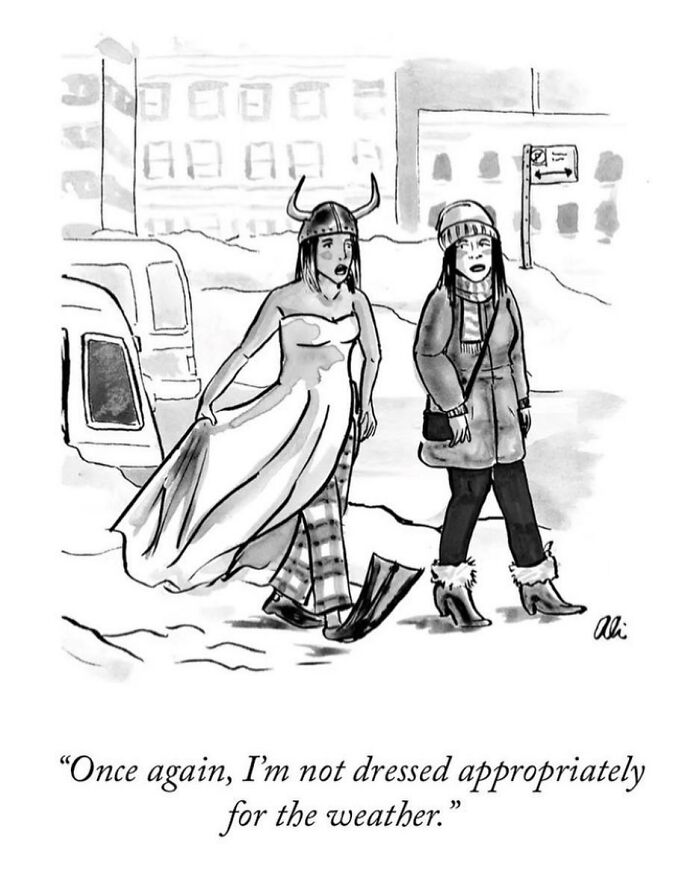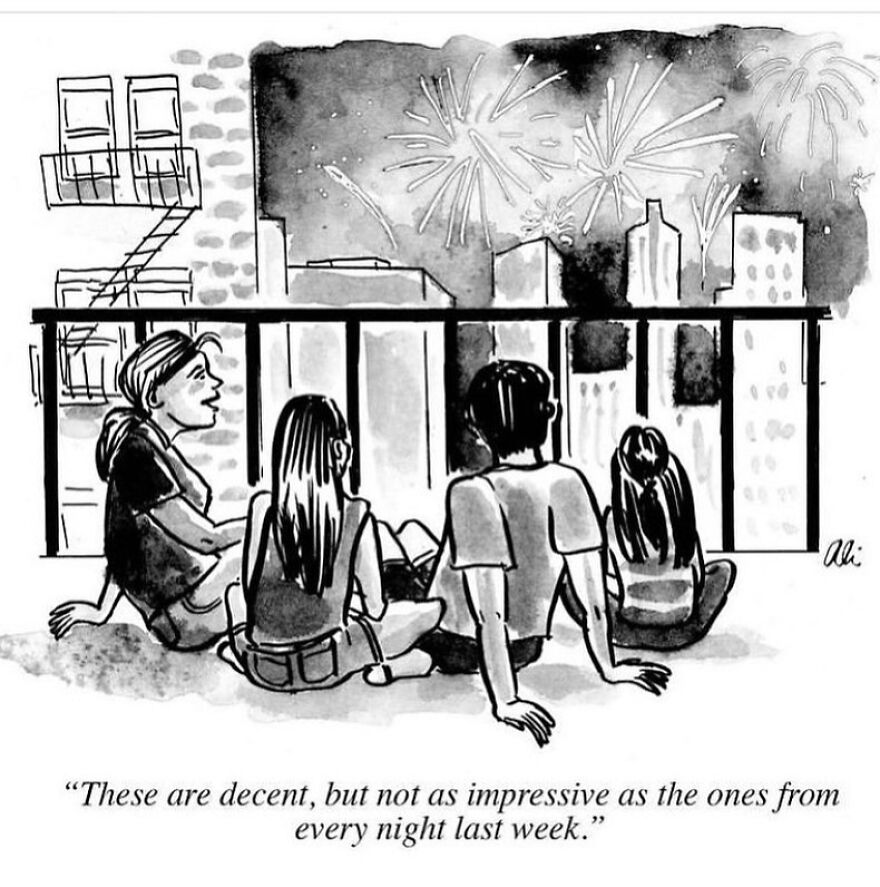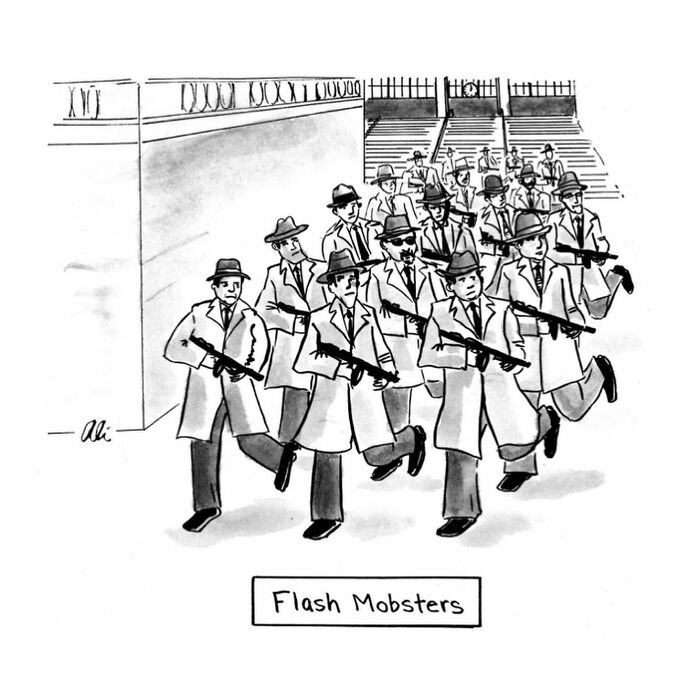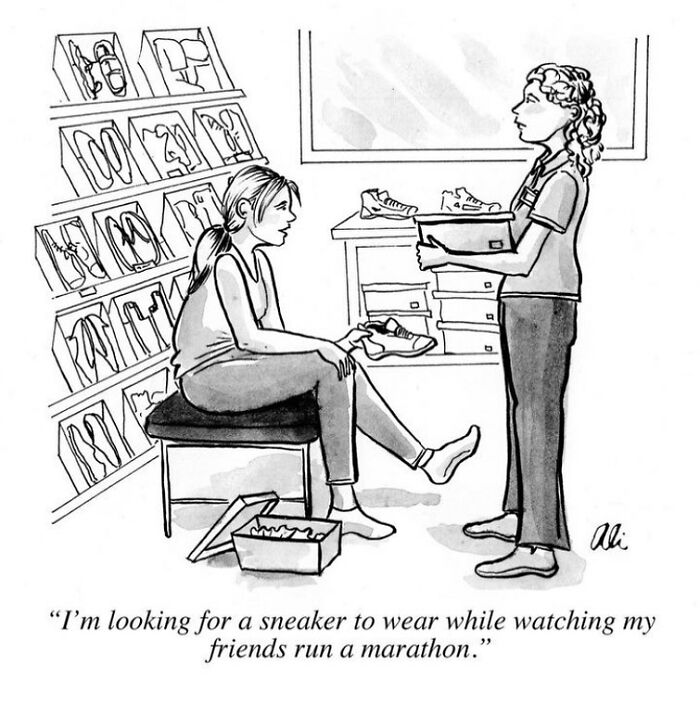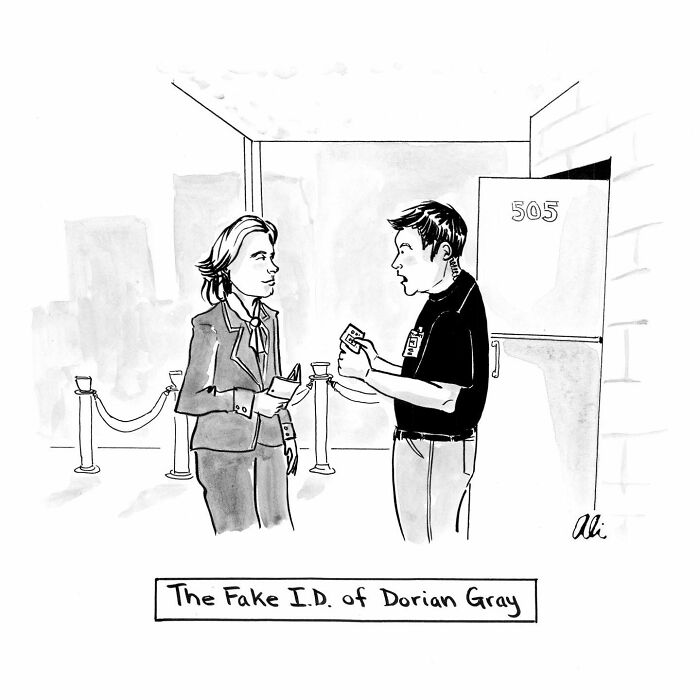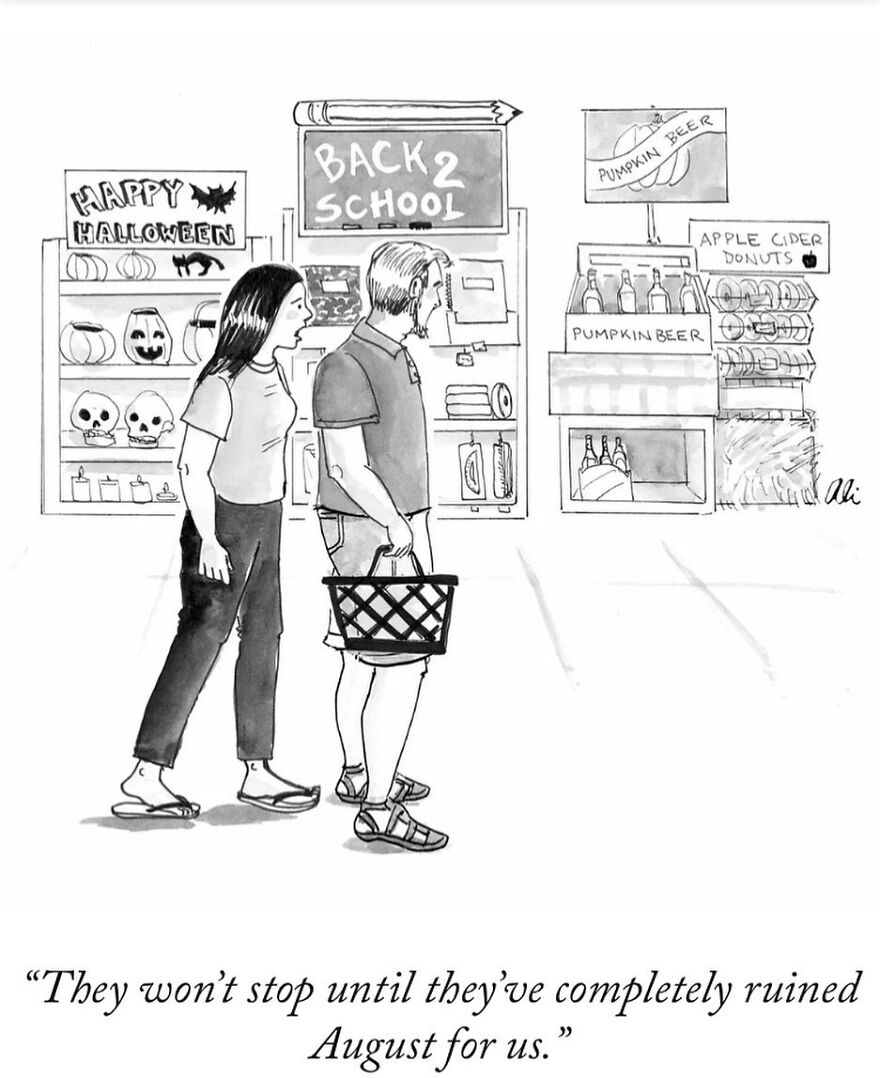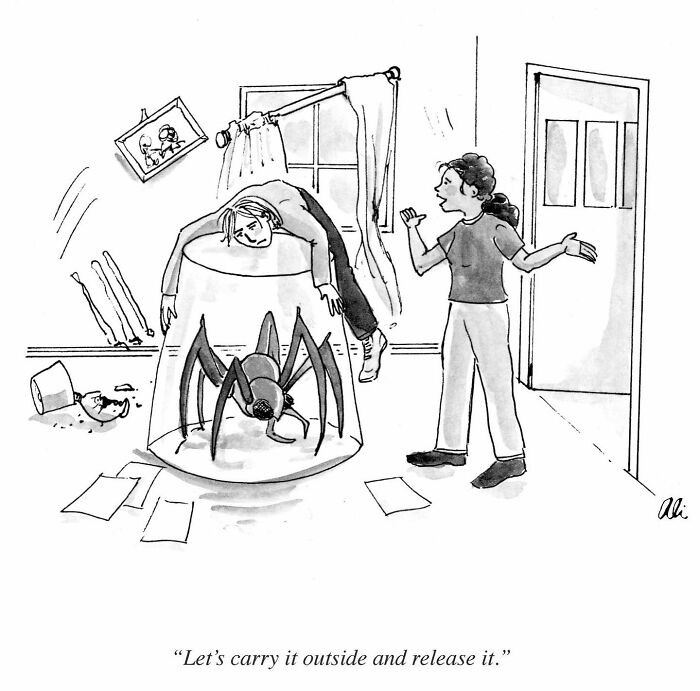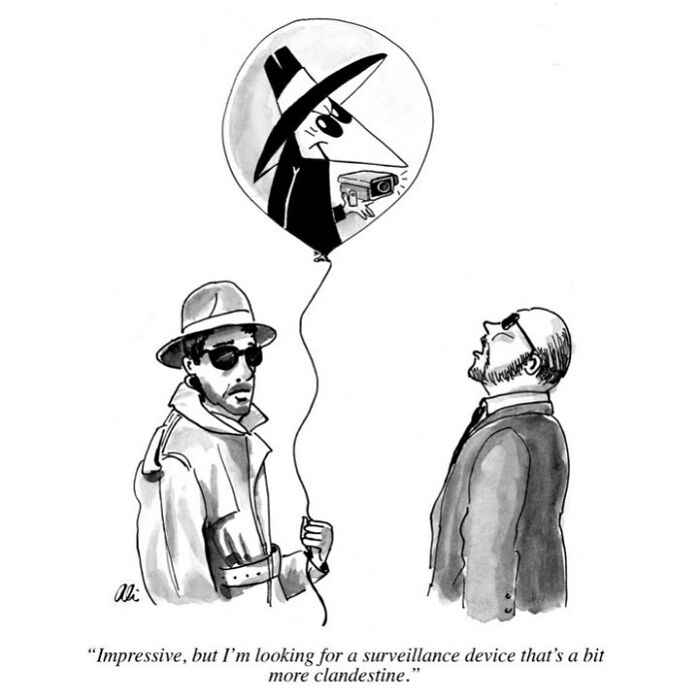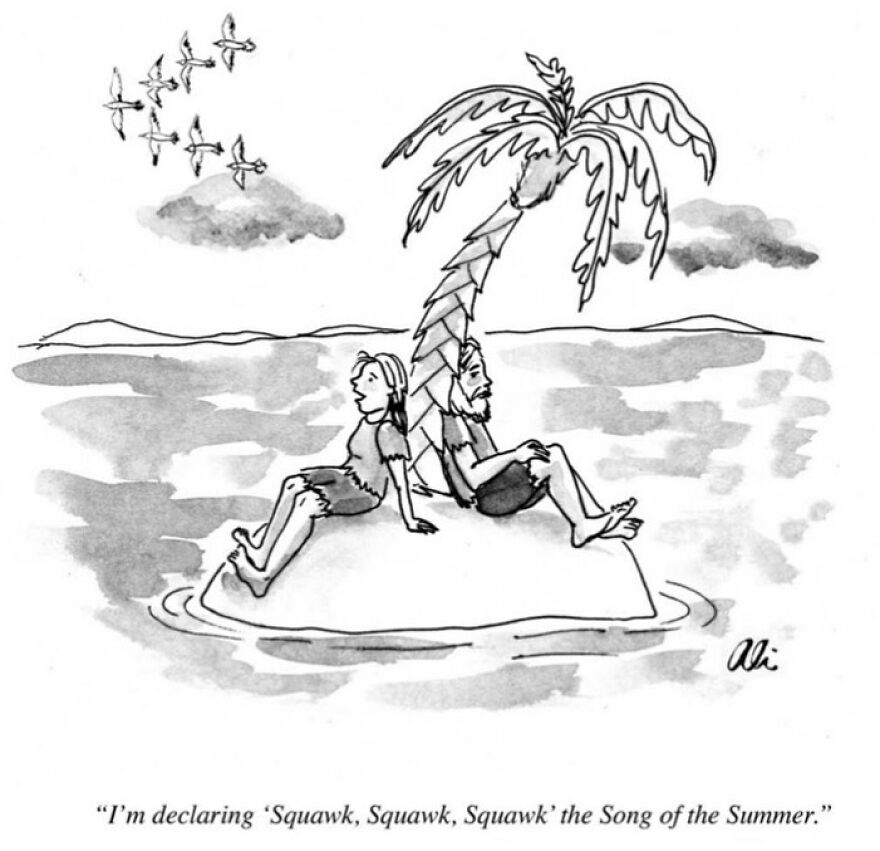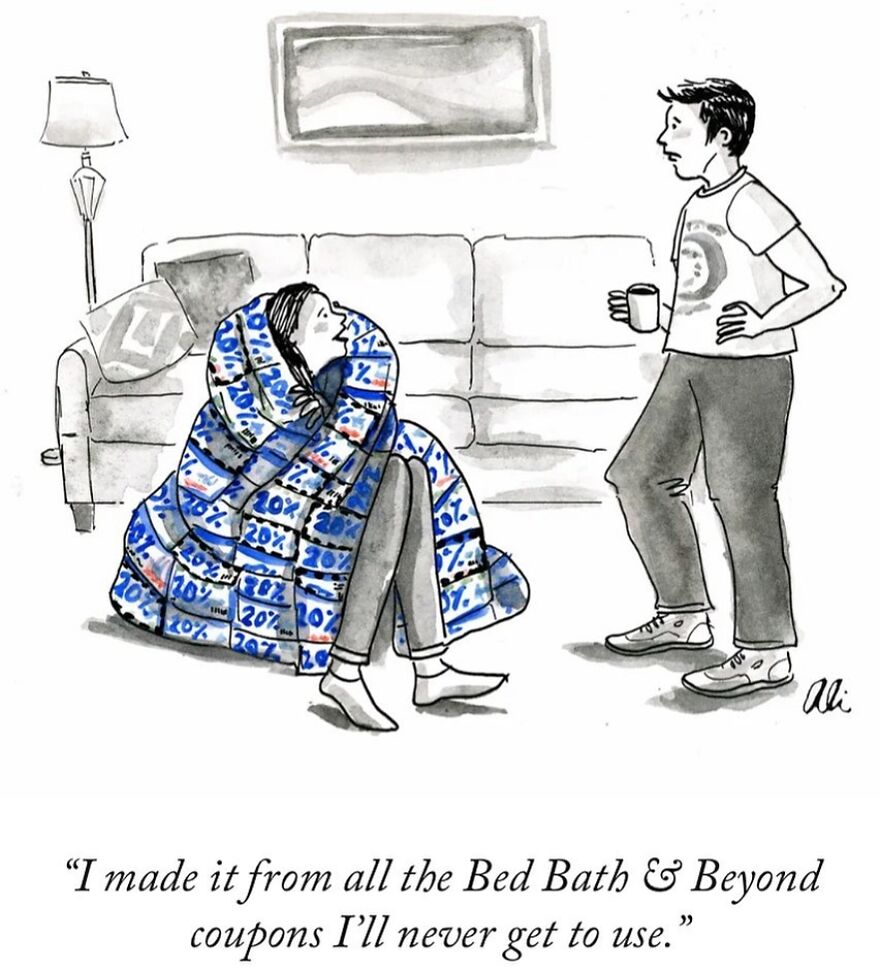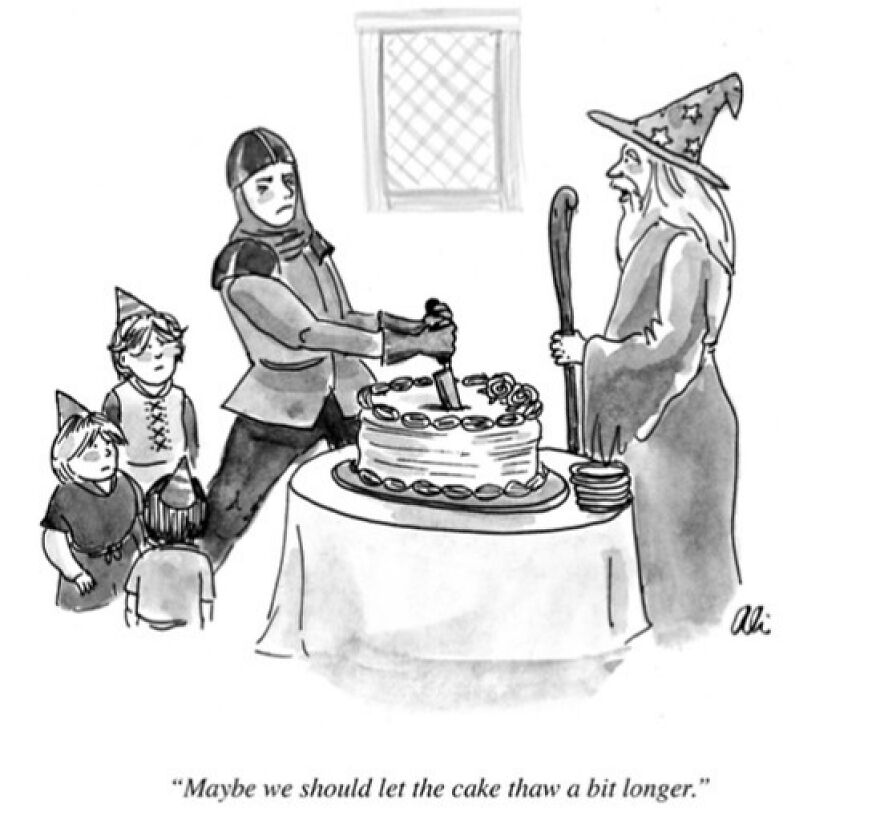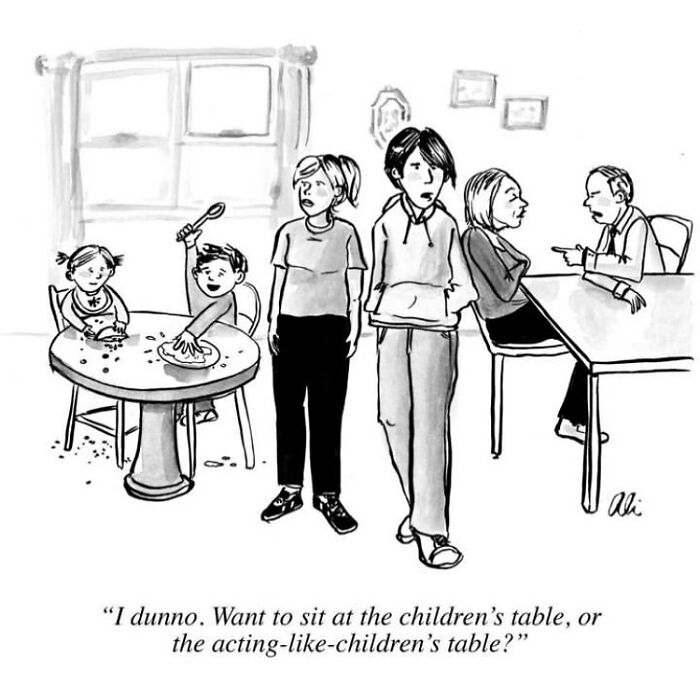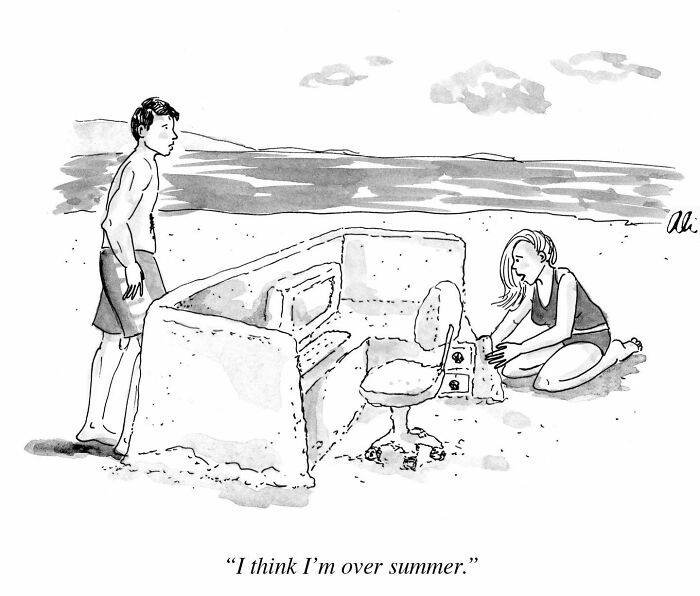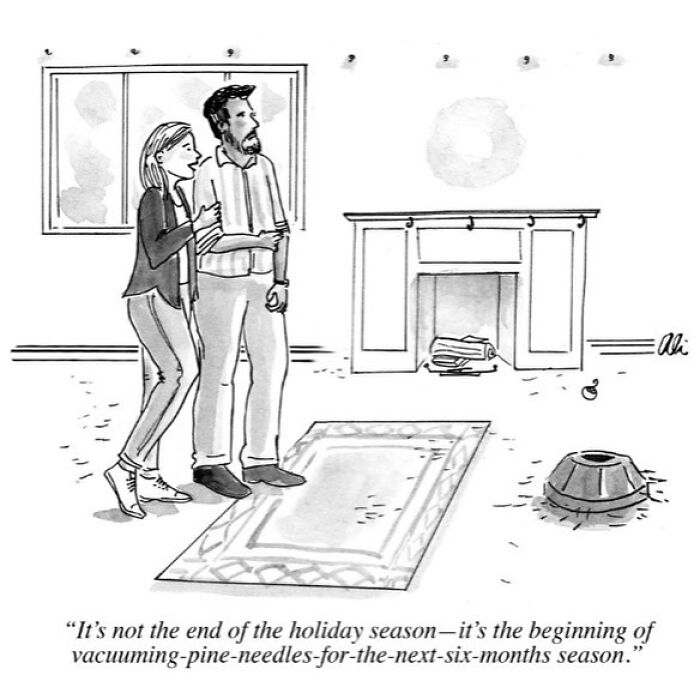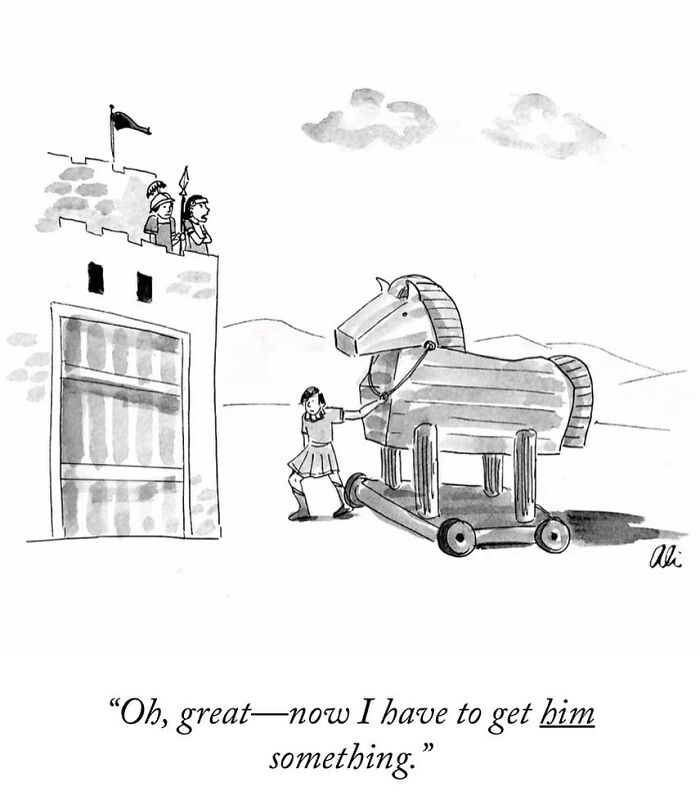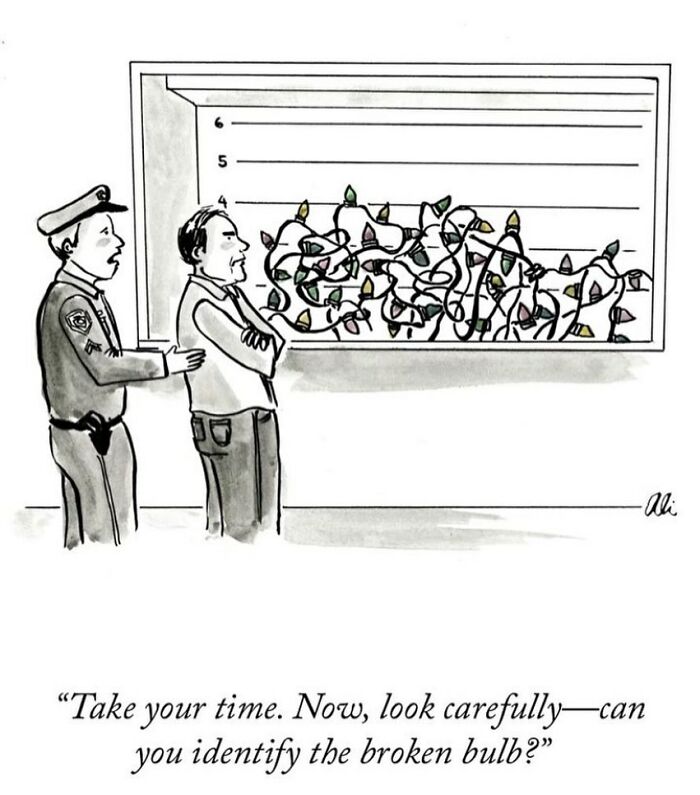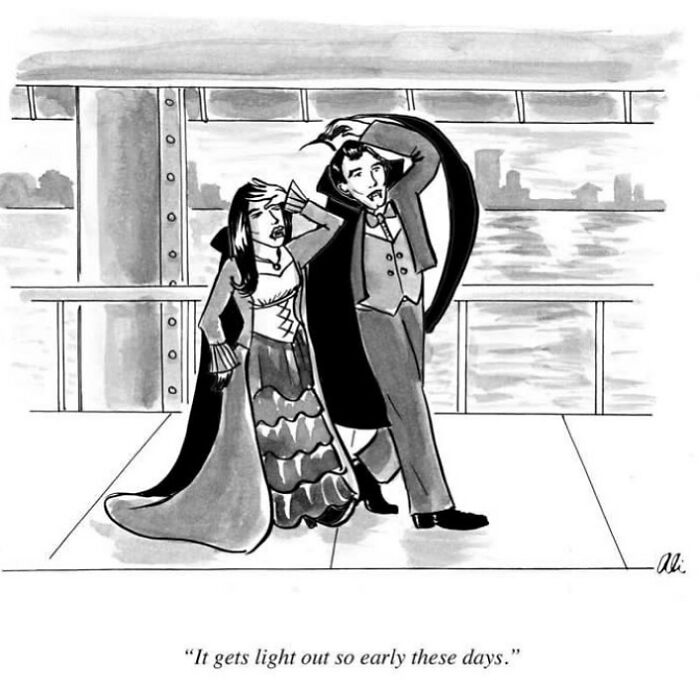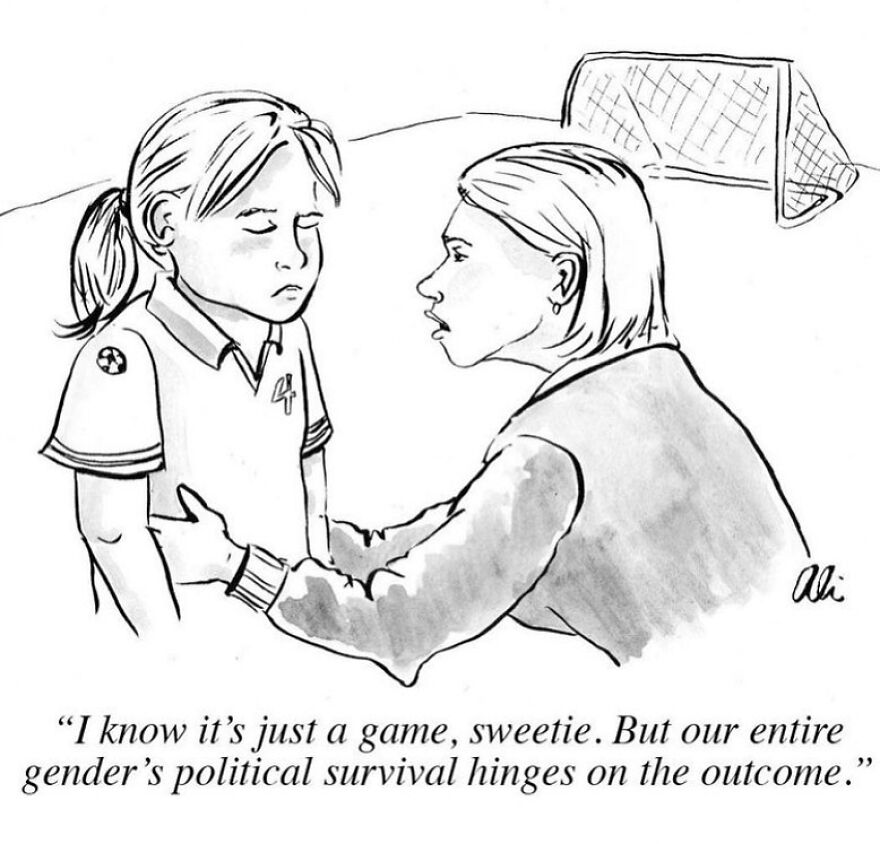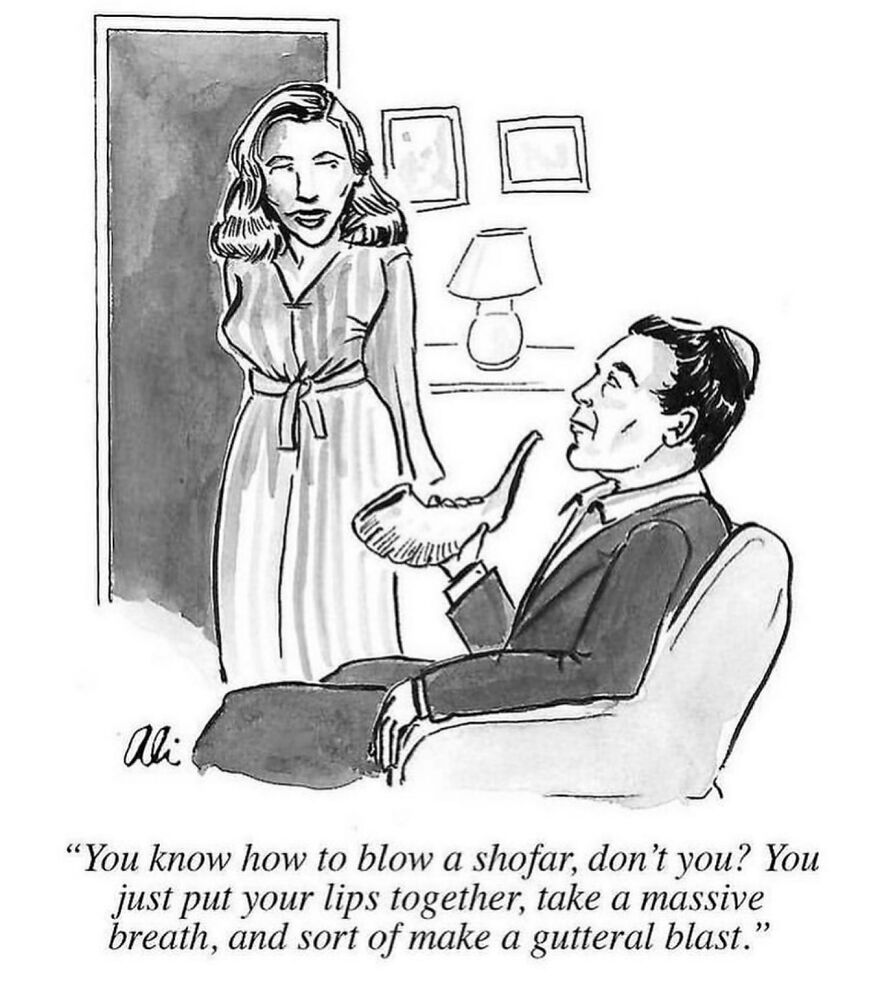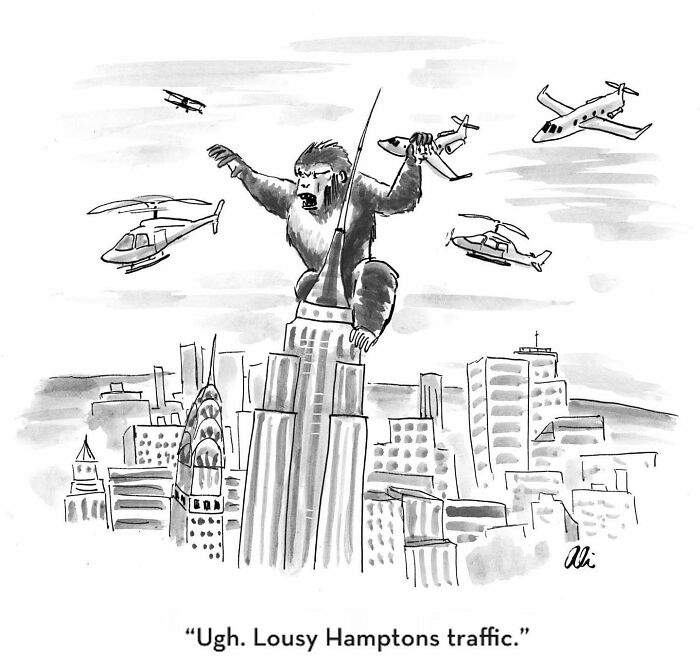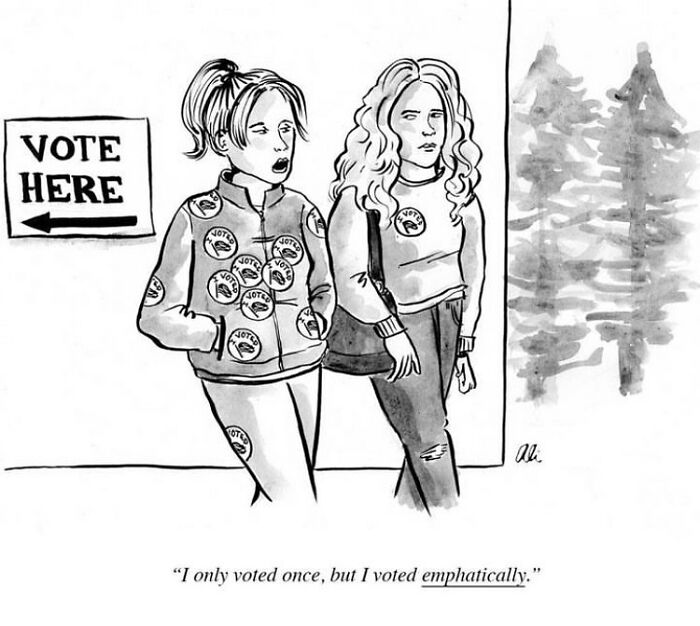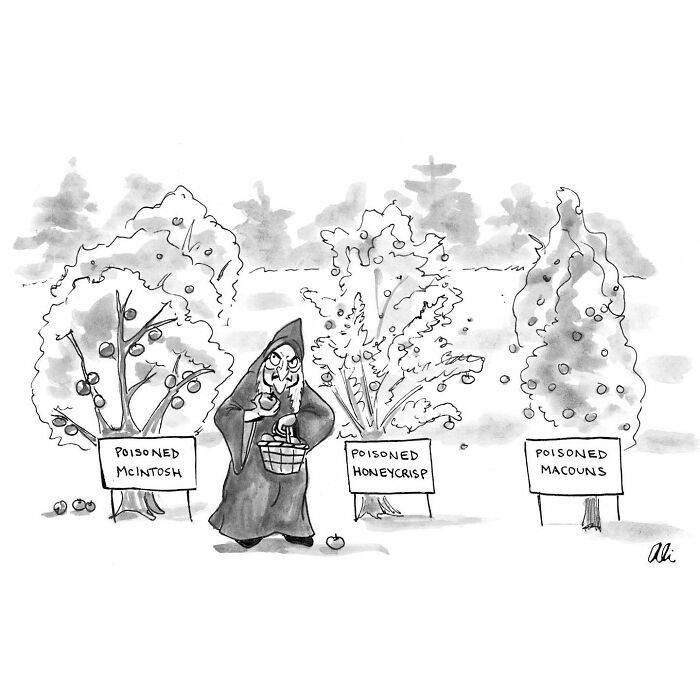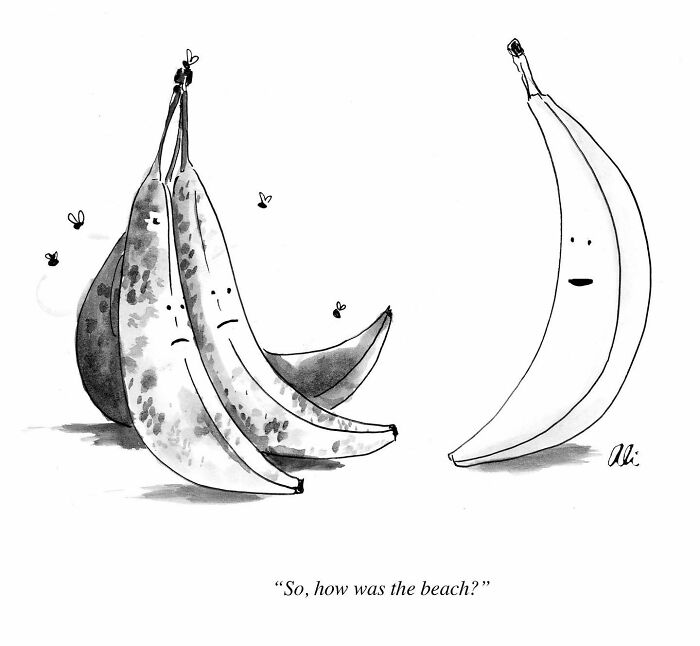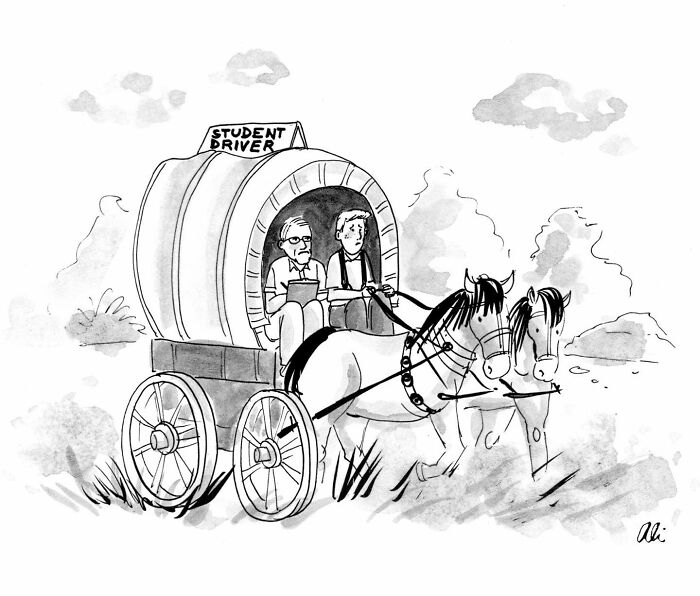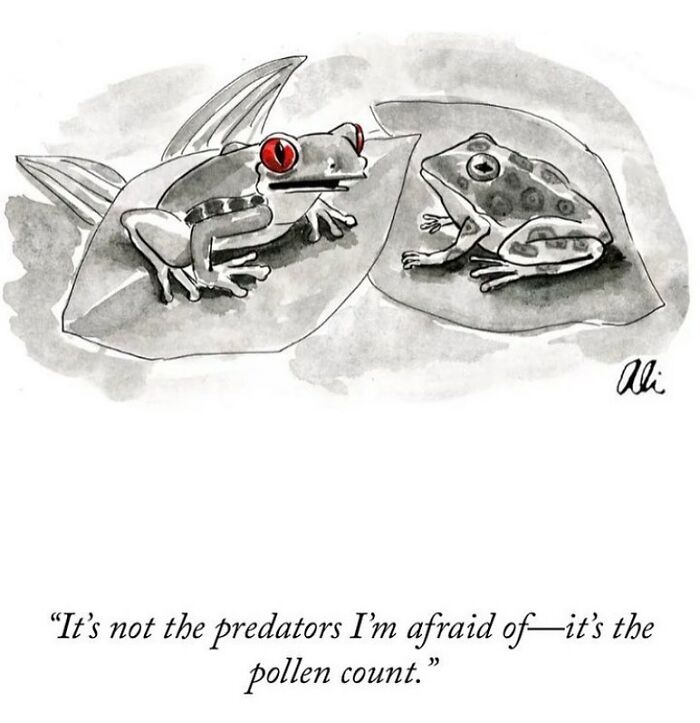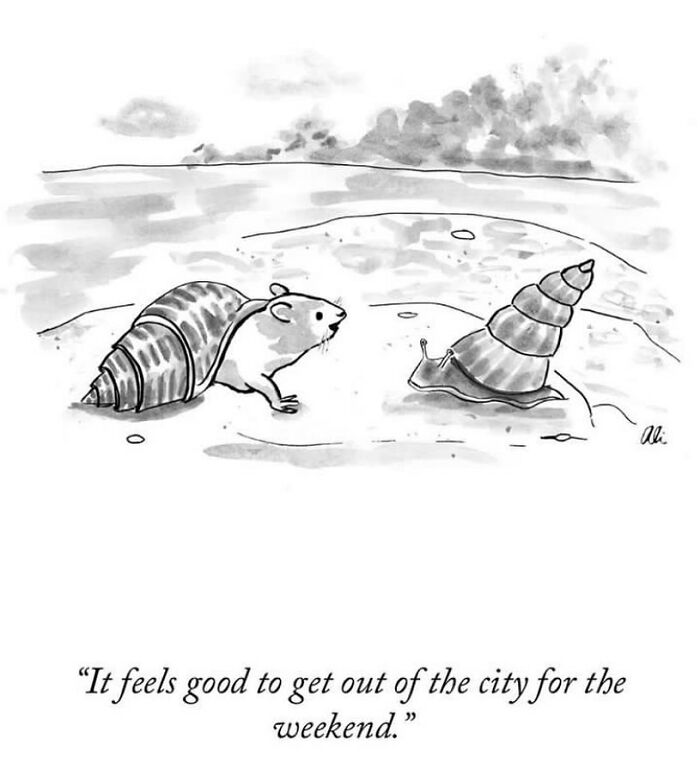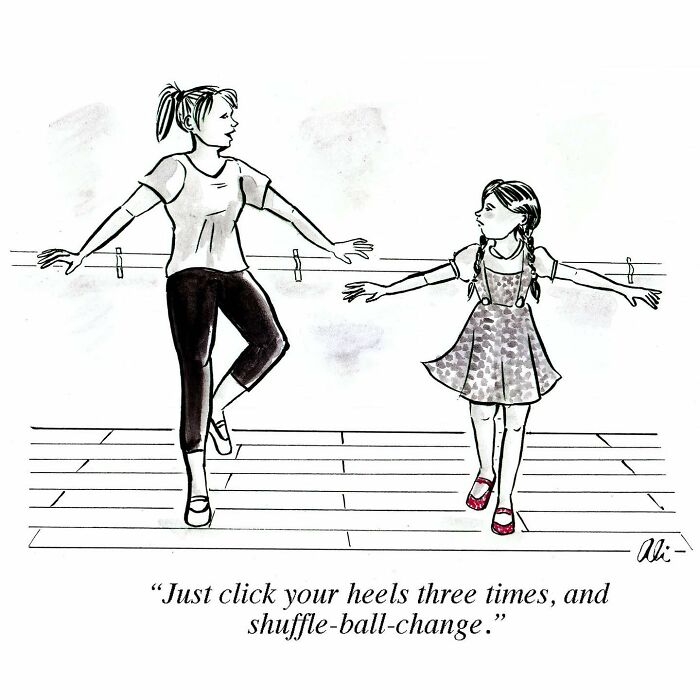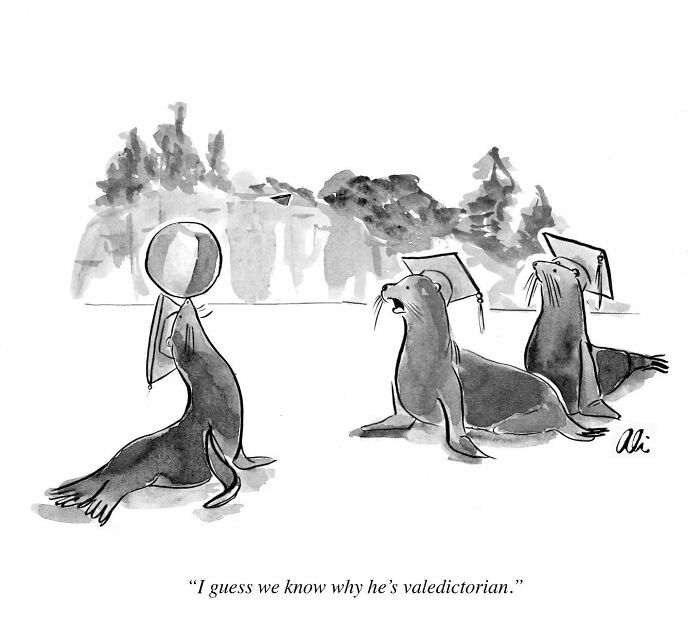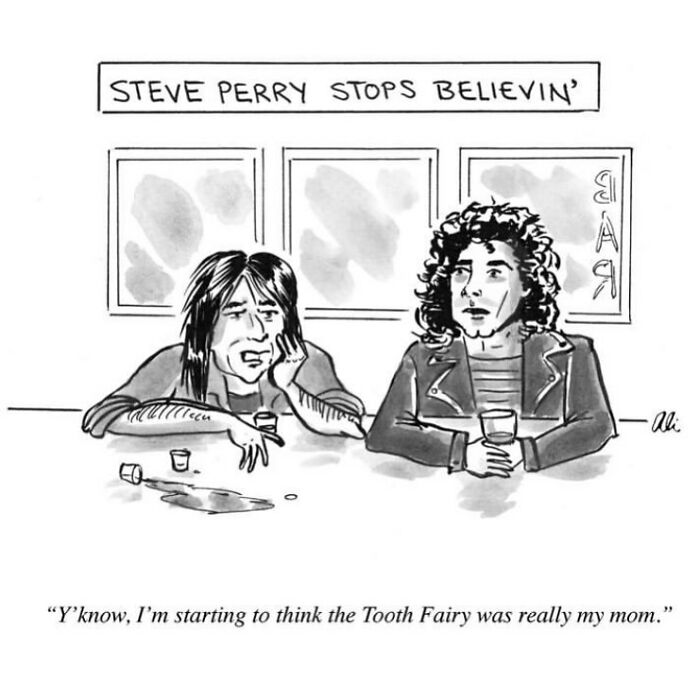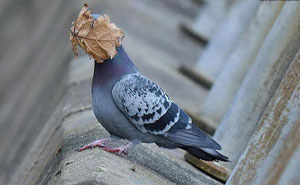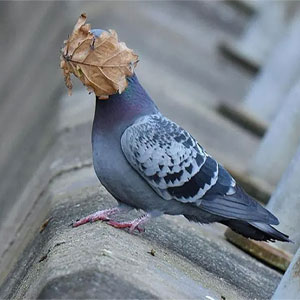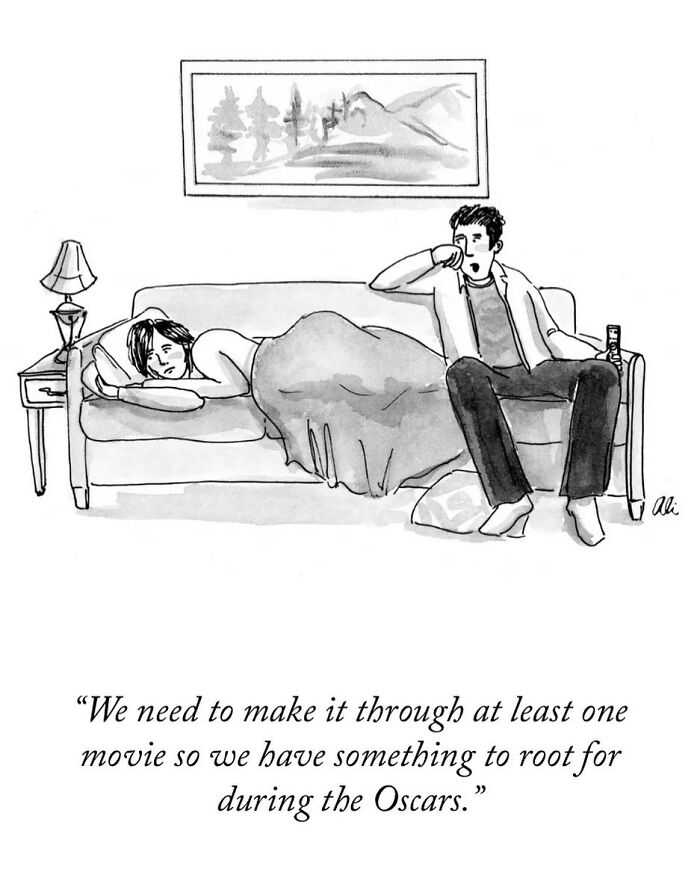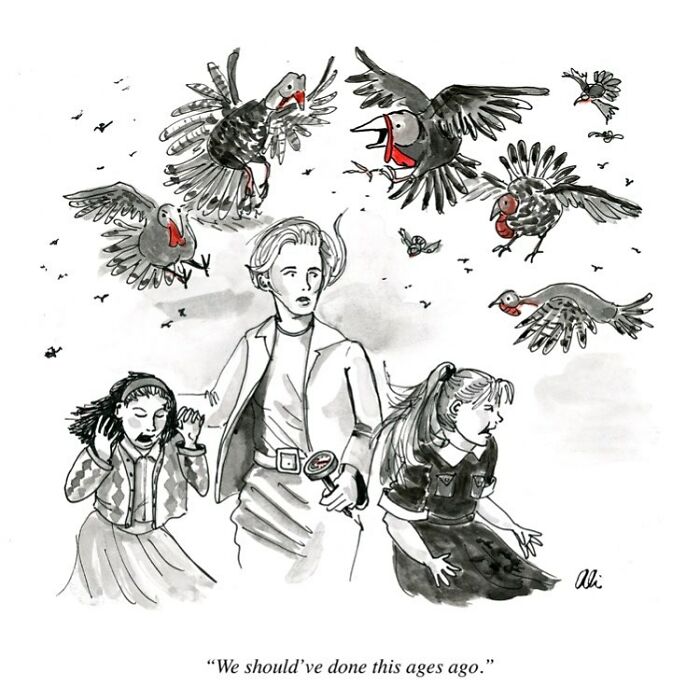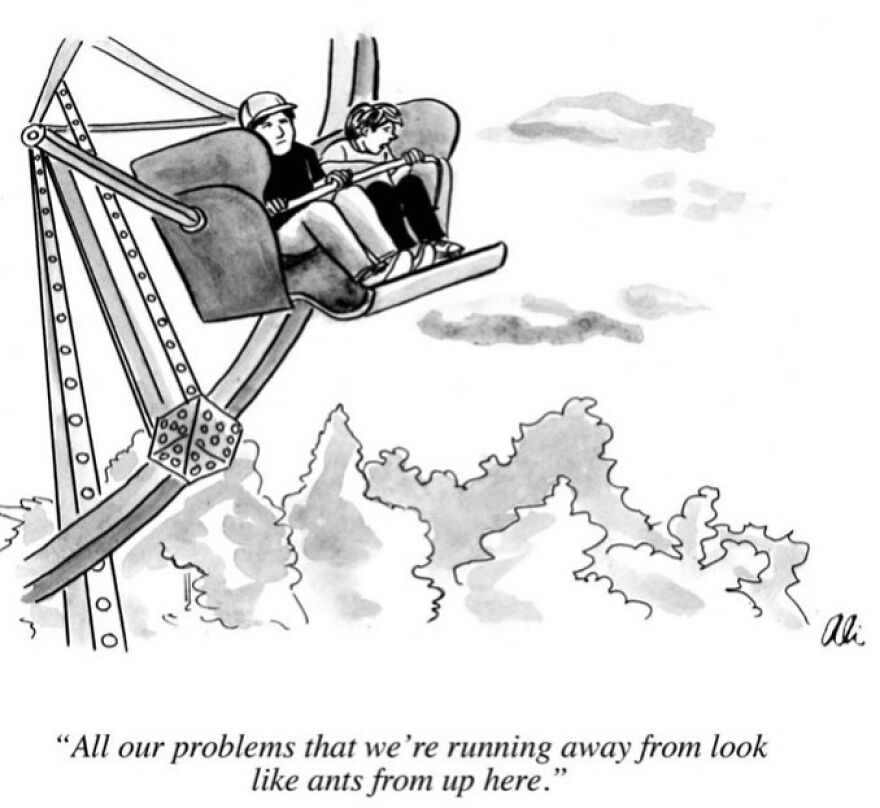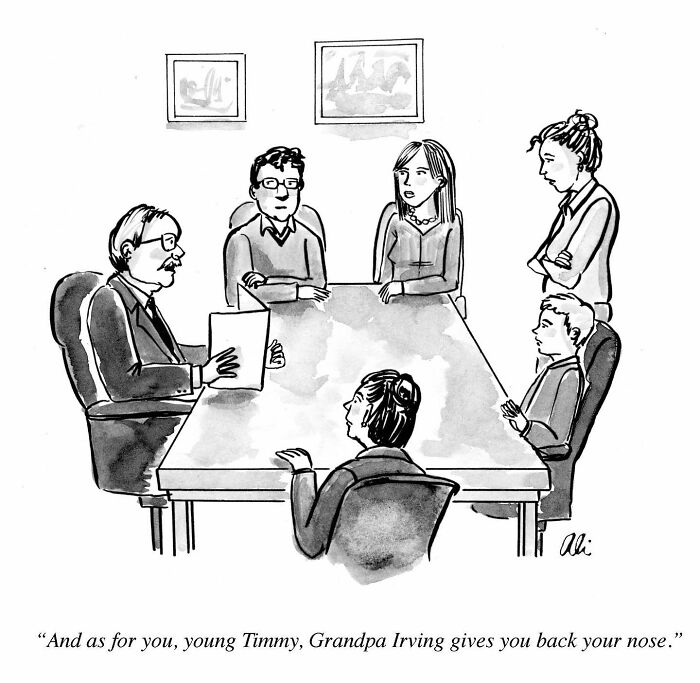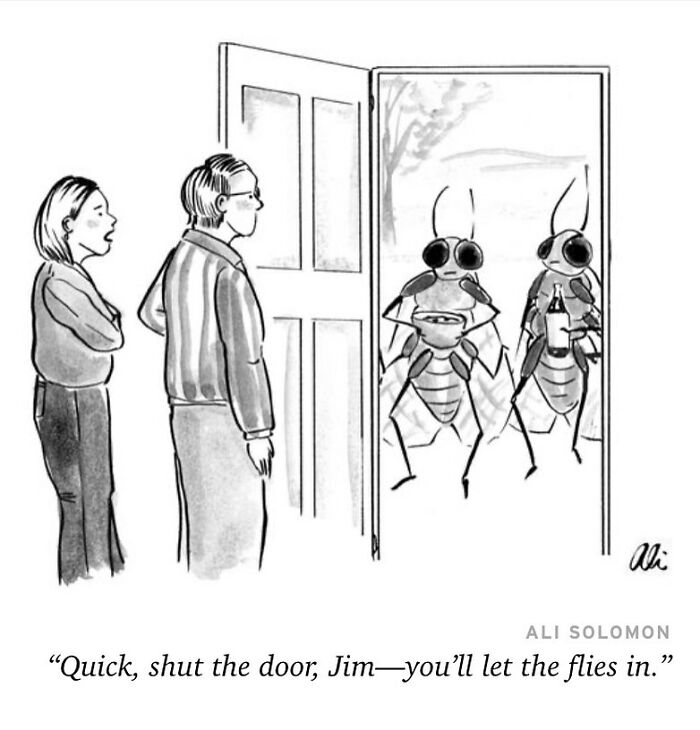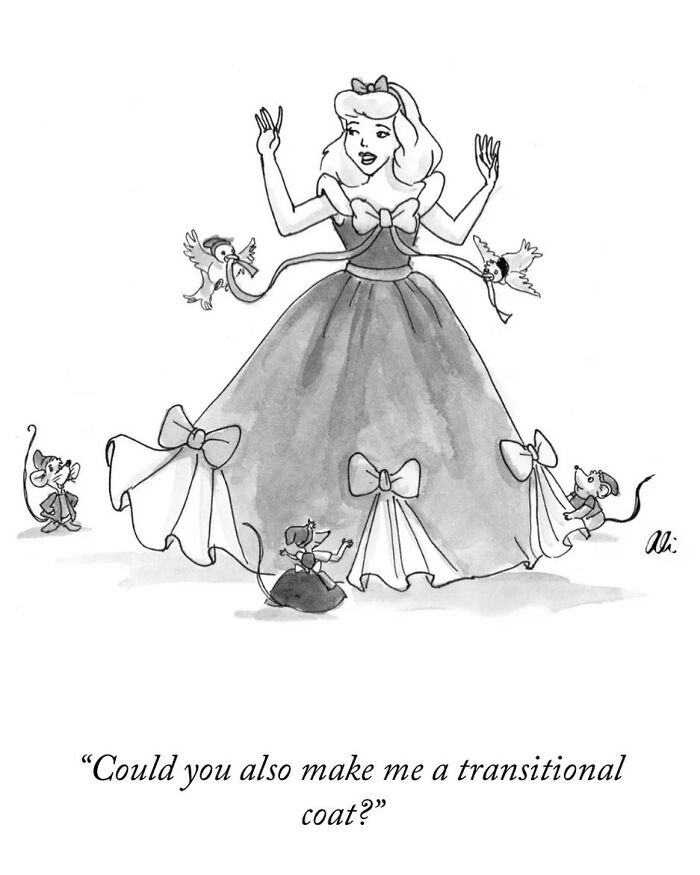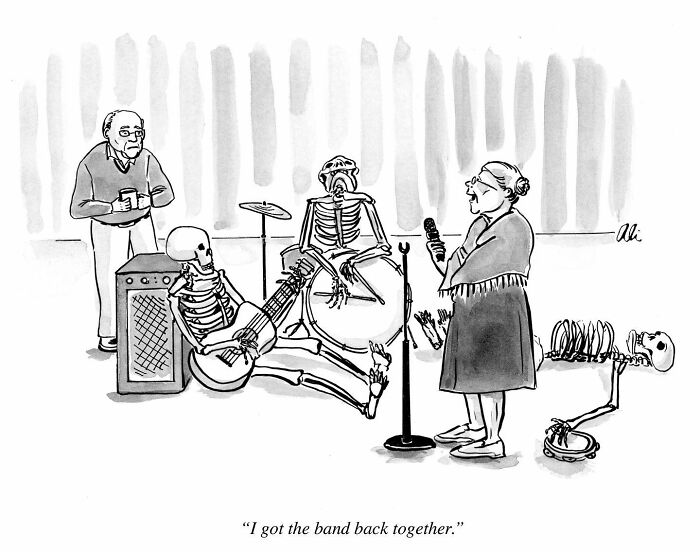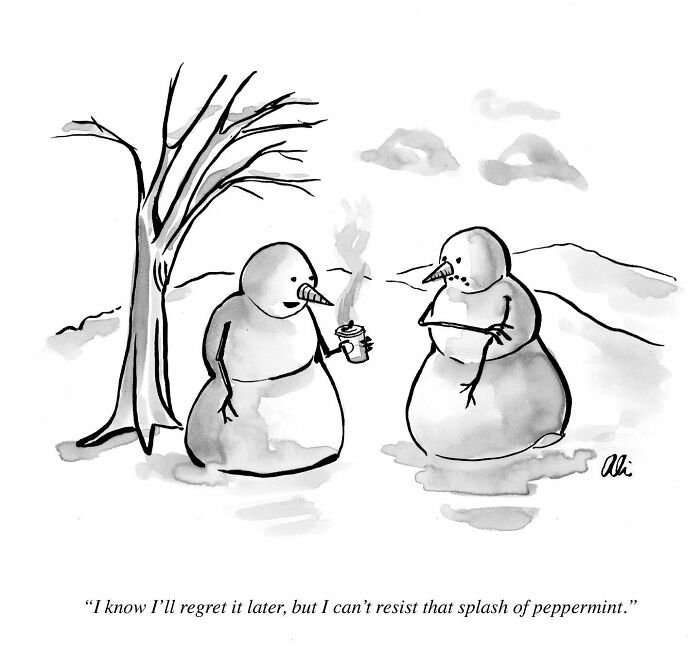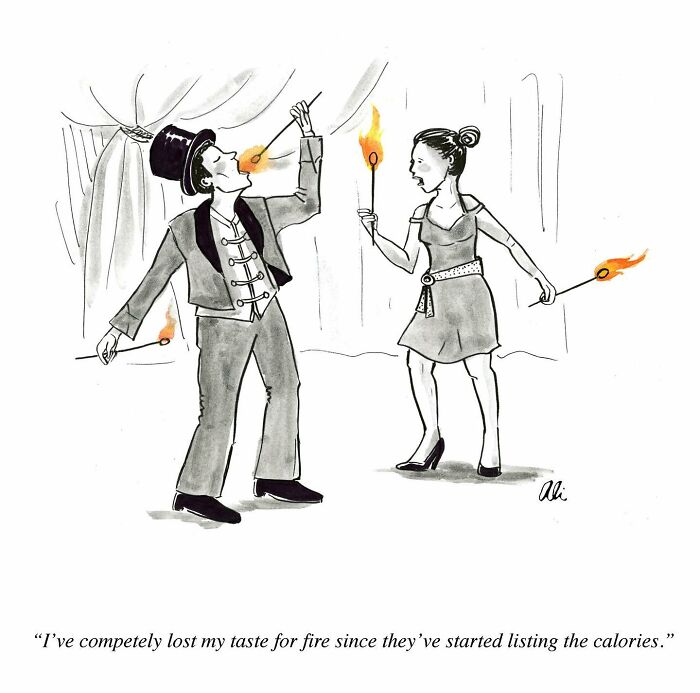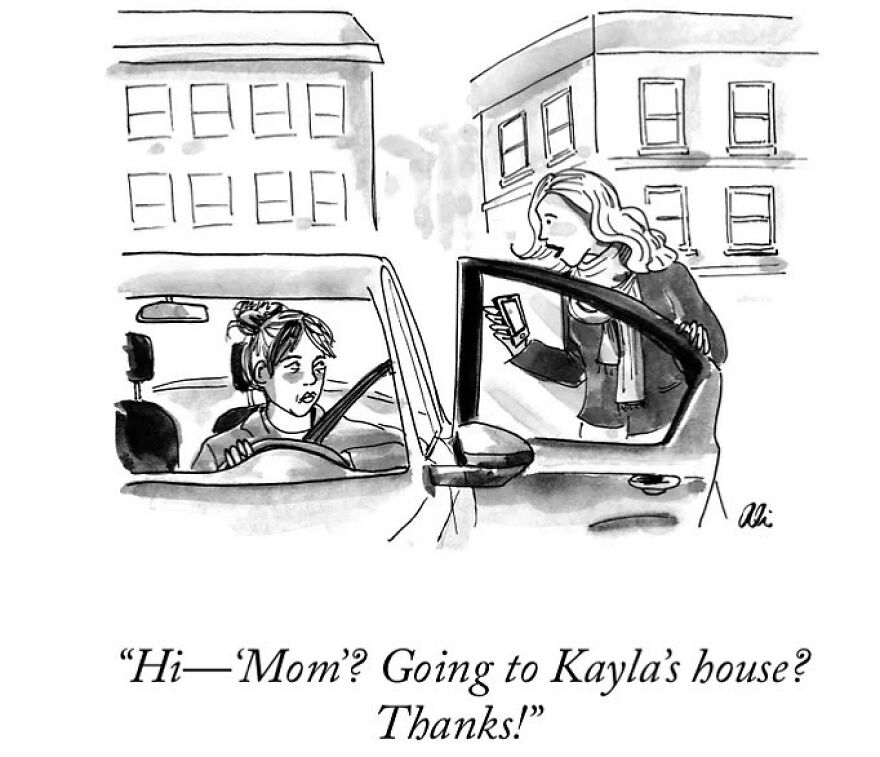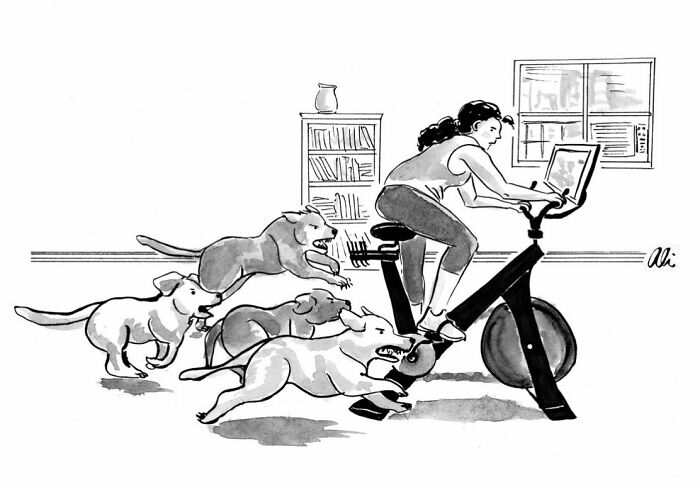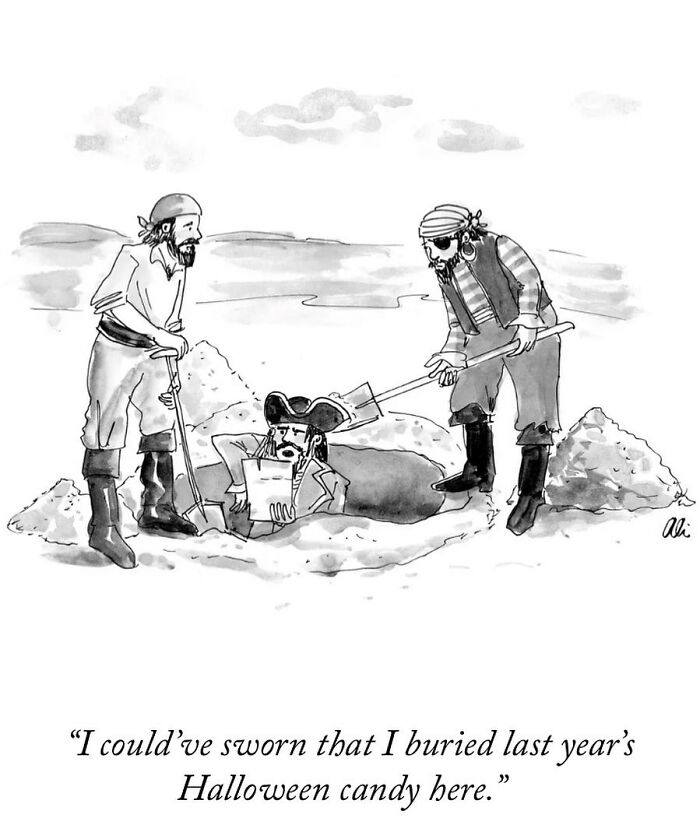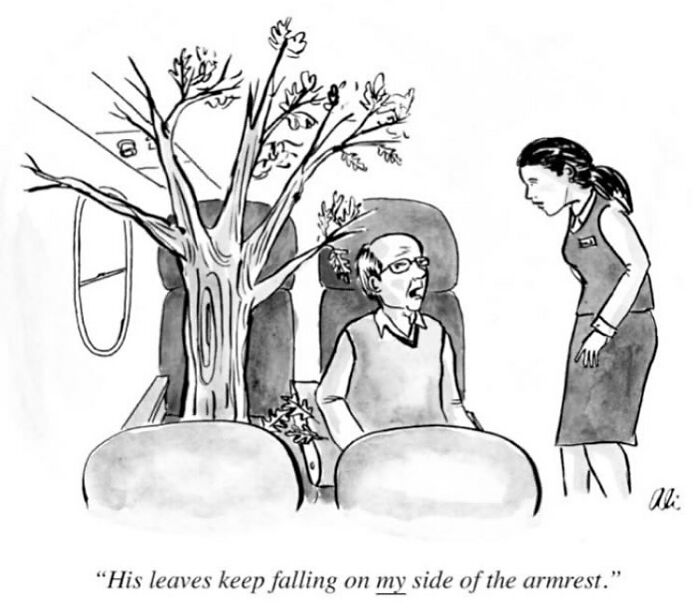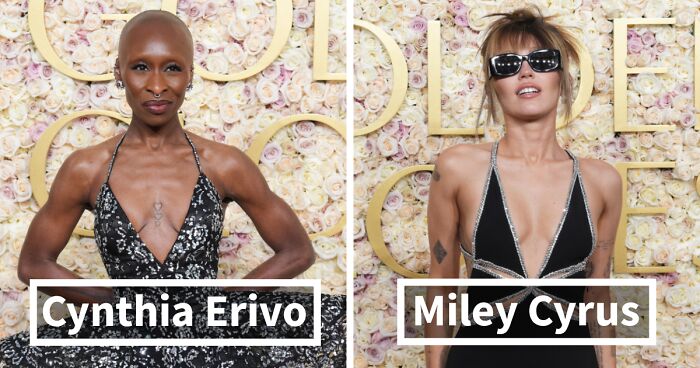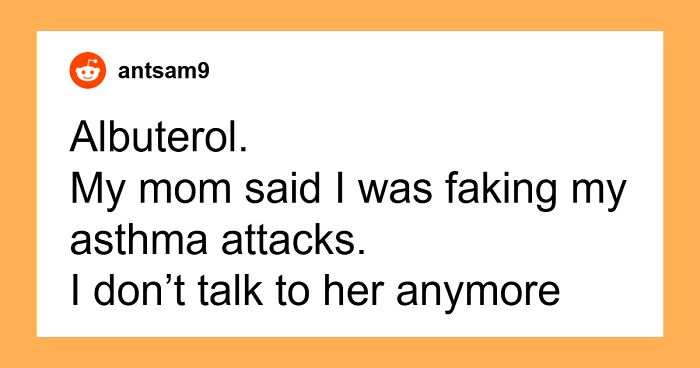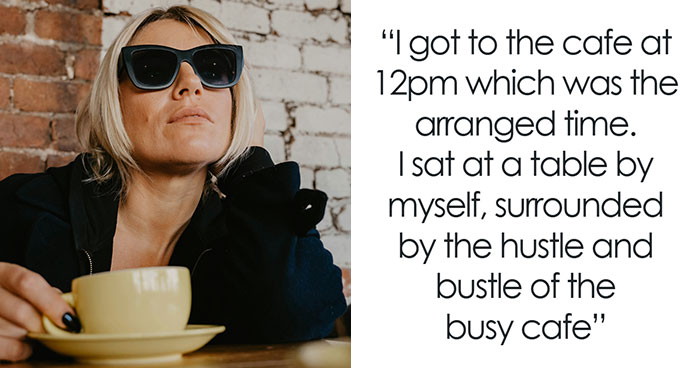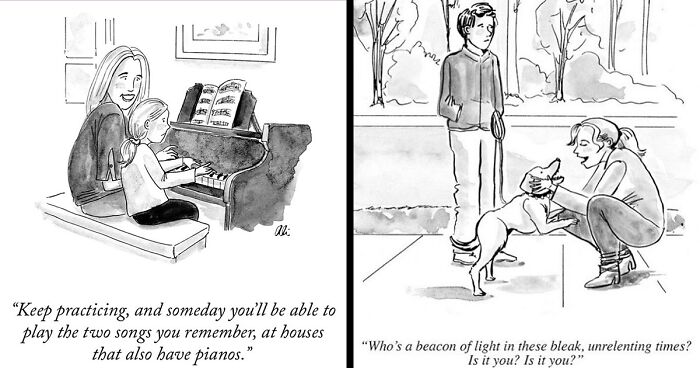
130Kviews
From Relatable To Absurd: 65 Witty One-Panel Comics By The New Yorker Cartoonist
Interview With ArtistAli Solomon, a Queens, NY-based cartoonist and writer, resides with her husband, two daughters, and an extensive collection of comic books.
Solomon began her artistic journey creating a daily comic strip for The Cornell Daily Sun during her undergraduate years. Since 2018, she has been a regular contributor to the New Yorker, with her work also featured in publications like McSweeney's Internet Tendency, the Washington Post, The Believer, and WIRED. Apart from her cartooning career, Ali also dedicates her time to teaching art at a middle school in New York City.
More info: Instagram | ali-solomon.com | twitter.com
This post may include affiliate links.
Ali Solomon, a talented and insightful cartoonist, recently shared her thoughts and experiences in an interview with Bored Panda. Known for her contributions to The New Yorker and her unique blend of humor and observation, Solomon's journey from college cartoonist to a respected voice in the industry offers a rather fascinating glimpse into her creative world.
When asked about what inspires her cartoons and how she balances humor with meaningful messages, Solomon explained, "I try to draw humor based on observation, and that includes the minutiae of daily life, as well as the larger issues that I'm constantly thinking about. I don't set out to make a cartoon "meaningful" per se, but it's very hard to separate who I am as a person from who I am as an artist, and certain themes find their way into my work. I find humor can arise from a profound sense of identification, and it really is a complex balance between someone reading a cartoon and going 'Yes! THIS!' or someone thinking 'Ugh...THIS.'"
Reflecting on her evolution from The Cornell Daily Sun to The New Yorker, the artist said to Bored Panda, "While drawing for the Daily Sun, I was working within the confines of a comic strip, so I had multiple panels over multiple days to tell a longer story that could build over time. With New Yorker cartoons, they're all single-panel gags, so I've had to learn to convey a lot within a smaller framework.
I've also learned some valuable lessons from my college comics days, such as:
- Artwork doesn't have to be drawn the exact size it's printed.
- Working right up until a deadline is a terrible idea.
- If you're doing this right, someone will eventually get mad at you."
Discussing how teaching middle school students influences her work, Solomon remarked, "Middle school students are the toughest audience, humor-wise. They fall somewhere between juvenile hijinks and wrapping their brains around more sophisticated concepts, so as a teacher, I'm constantly having to re-evaluate how to best reach them. I have to constantly think on my feet, be willing to change and adapt, and learn to appreciate fart jokes on a higher level.
Coming up with art projects for middle schoolers is similar to coming up with cartoon ideas: it has to appeal to a variety of learning abilities, backgrounds, and skill levels; it has to be understood, and it has to be fun."
On the most challenging aspects of her career and her proudest achievements, Solomon shared, "One of the biggest challenges has been finding a balance between parenting, working full time, and carving out space for cartooning in earnest. I try to be "all in" when I'm at work or with my kids, so cartooning becomes something I fit into the cracks of my schedule, like creative spackle.
I'm most proud of becoming a part of a growing roster of female voices at the New Yorker, and being part of historical books such as Very Funny Ladies, by Liza Donnelly. I'm also thrilled to have had two books published: I Am "Why Do I Need Venmo" Years Old (Running Press, 2021), an illustrated collaboration with my friend Janine Annett, and I Love(ish) New York City: Tales of City Life (Chronicle, 2022), a humor book about living in the greatest(?) city in the world. Seeing my books out in the world is one of the greatest thrills as a writer/illustrator, and fulfills a long-held dream."
To close off the interview the artist also shared some of her upcoming projects and goals. "I feel like I'm the type of person who needs to constantly change what I'm working on and try new things, even if I'm horrible at it (hence those two terrible years of improv comedy in my 20's, and a brief foray into tap dancing). For example, I'm currently working on a middle-grade graphic novel, have picked up (and put down) a screenplay about fifty times, and continue to make long- and short-form cartoons for the New Yorker and other publications. There are so many ways to tell a story, and I'm still exploring which ones best suit me, and what stories I want to tell."
Now, how to organically bring up in conversation the fact that you once went to a marathon?
To be fair, I’ve gotten some killer deals on really nice art stuff during back-to-school sales. I once bought like three 24-packs of prismacolor colored pencils for like $15 each.
A parody of the political ideologies of the Cold War, the strip (Spy V. Spy) was created by Cuban expatriate Antonio Prohias and debuted in Mad Magazine #60 in January 1961
They are actually pretty close to a landmass (or at least a larger island).

 Dark Mode
Dark Mode 

 No fees, cancel anytime
No fees, cancel anytime 











